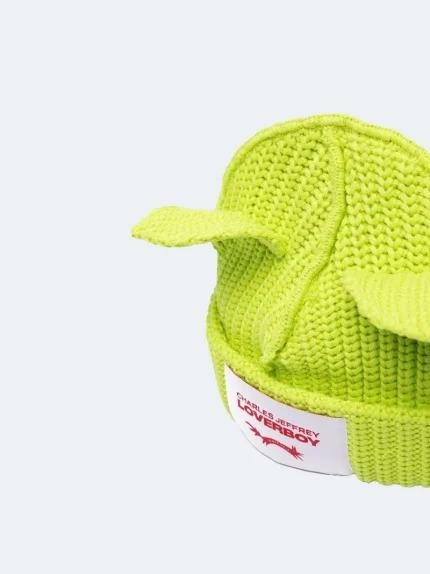Tooth Restoration: What Every Patient Should Know

When you chip a tooth, lose a filling, or suddenly notice something’s not quite right with your smile, it’s natural to panic a little. The mirror doesn’t lie, and neither does the dull ache that follows you around. The first thought is usually: “How much is this going to cost?” The truth is, you’ve got more options than you might think. That’s why so many locals lean towards affordable tooth restoration options. Restoration isn’t only about a nice smile—it’s about chewing properly, protecting neighbouring teeth, and keeping infections at bay.
Why tooth restoration matters for long-term oral health
Most people see dentists as “pain fixers.” Toothache? Drill and fill. Cracked tooth? Cap it. But tooth restoration is more than quick repairs. Done right, it:
-
Stops a small cavity from turning into a major infection
-
Protects against shifting teeth after one has been lost
-
Maintains your bite, which protects your jaw and gums
-
Keeps your smile natural and confidence intact
I’ll never forget Mary from Ryde. She brushed off a chipped molar because “it didn’t hurt much.” By the time she returned six months later, infection had set in. Instead of a simple filling, she needed a root canal and a crown. The cost and stress doubled, all because of waiting.
Tooth restoration is a bit like car maintenance. Ignore a scratch, and rust creeps in. Service it early, and the engine lasts for years.
Common restoration treatments explained in simple terms
Dentists love their jargon—crowns, inlays, implants. It can sound overwhelming. Here’s the straightforward version:
-
Fillings: Patch cavities with resin or metal. Affordable, quick.
-
Crowns: A cap that wraps around a weak tooth. Strong, protective.
-
Bridges: Replace one or more missing teeth by attaching to neighbours.
-
Implants: A titanium screw in your jaw with a crown on top. Long-term fix.
-
Dentures: Removable plates with false teeth. Still common and practical.
One bloke in Marsfield put off replacing two lost molars. Said dentures made him feel “old.” Years later, he finally chose implants. First thing he did when he healed? Bit into an apple. The look on his face said it all. Restoration isn’t just about chewing—it’s about living normally again.
And it’s worth remembering: different restorations suit different people. Age, lifestyle, budget, even diet—all play a part in choosing what works.
The role of enamel and government-backed safety advice
Your enamel’s tougher than bone, but it’s not invincible. Once it’s gone, it doesn’t grow back. That’s where daily care and early intervention come in.
The government’s been clear about protecting enamel. For solid advice, see the official tooth enamel restoration page.
Everyday tips that make a difference:
-
Use a soft toothbrush (not a scrubber)
-
Cut down on sugary and fizzy drinks
-
Don’t brush right after acidic foods—wait 30 mins
-
Keep up with fluoride toothpaste
Plenty of patients only realise enamel’s thinning when sensitivity sets in. Cold water stings, hot coffee aches. By then, the damage is done. Treatment ranges from bonding to veneers, but the golden rule remains: protect what you have.
I once saw a teen in Epping who loved energy drinks. By 19, his front teeth were worn down like sanded wood. The drinks had stripped his enamel. We managed to restore with composite bonding, but prevention would’ve saved him a painful lesson.
Balancing costs and expectations in Sydney
Dentistry has a reputation for being pricey. And yes, some treatments aren’t pocket change. But the trick is weighing short-term cost against long-term value.
-
Fillings are cheapest, but only work for small issues.
-
Crowns cost more but can save a tooth for decades.
-
Implants are an investment but last a lifetime if cared for.
One patient wanted the cheapest option for a cracked molar, so he went for a basic filling. Within months, it cracked again. He came back frustrated and ended up needing a crown anyway. If he’d gone for the stronger fix first, he’d have saved money.
Practical advice for Sydney patients:
-
Always ask for a breakdown of what’s included
-
Check if there are payment plan options
-
Compare not just cost, but durability
For those curious, check the tooth restoration options. It dives into pros, cons, and long-term care in more detail.
A patient’s perspective: What it really feels like
Restoration’s not just drills and materials—it’s personal.
I treated a uni student once who chipped his front tooth in a footy game. He stopped smiling in photos, embarrassed. After a quick resin restoration, his whole posture changed—shoulders back, smile wide. It wasn’t just fixing a tooth. It was giving him back his confidence.
Another woman avoided dentists for years out of fear. By the time she came in, she needed extractions and dentures. She admitted the wait made things worse—the dread was heavier than the treatment itself.
Here’s what I’ve seen time and again:
-
Fear is normal, but the fix is rarely as bad as people imagine
-
Restorations give more than function—they restore dignity
-
Every patient’s story is unique, and dentists have to listen
If you’re curious about natural methods, it’s worth reading how to restore tooth enamel naturally. It’s not a replacement for dental care, but it does show how diet and lifestyle can support healthier teeth.
Final thoughts
Tooth restoration might sound technical, but at its core, it’s simple—it’s about keeping your smile, your bite, and your confidence intact.
What you should remember:
-
Early treatment always beats emergency fixes
-
Different restorations suit different needs—ask questions
-
Enamel once gone is gone—protect it daily
-
Balance short-term price against long-term durability
-
And above all, don’t ignore small issues
Sydney’s full of stories of people waiting too long, only to face bigger bills and tougher treatments. But it doesn’t have to be that way. The right dentist, the right choice, and the right timing can make restoration straightforward.
Because at the end of the day, it’s not just a tooth—it’s your smile, your confidence, and your everyday comfort. And that’s worth protecting.






